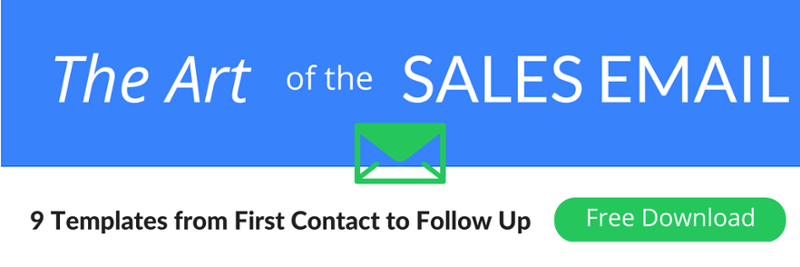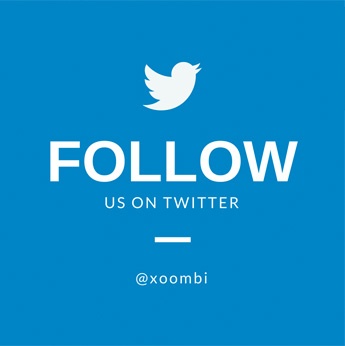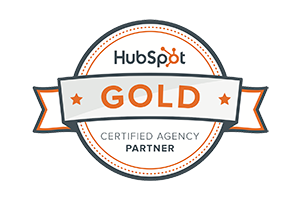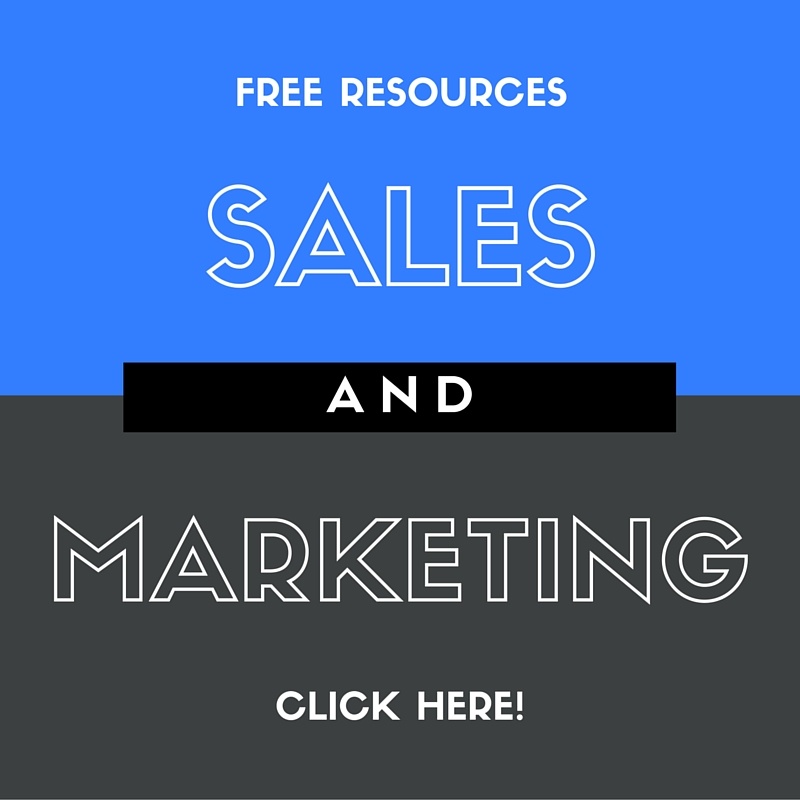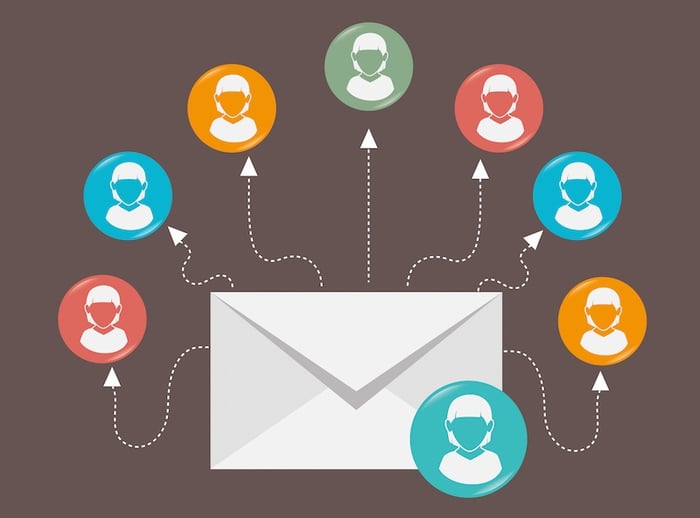
We know how important email marketing and follow up emails are, but there’s no point in crafting sales email subject lines and opening lines if the recipient never even sees your email!
Focus on both value and email deliverability—implementing best practices to ensure your email ends up in recipients’ inboxes as opposed to their spam folders.
Here are a few tactics you can use to give your email a fighting chance at landing in the primary inbox!
Follow the Law
There are laws you must abide by when sending emails. The CAN-SPAM Act of 2003 became a law in the US on January 1, 2004. MailChimp reports that according to the FTC, “if you violate the law, you could be fined $11,000 for each offense—that’s $11,000 for each email address on your list.”
Here are some of the regulations you must follow if you’re sending “commercial”—promotional or sales—emails:
- Include your physical mailing address
- Provide an unsubscribe link (more on this later)
- Don’t use deceptive subject lines, names or reply-to addresses
Learn about Different Email Providers
While there are many similarities between them, you should learn the specific spam parameters for the different email providers you’re sending to.
For example, Gmail’s Bulk Senders Guidelines outline how Gmail learns how to classify email by user actions. For example, if you move an email from the “Promotions” to the “Primary” tab, Google will learn from those corrections and over time “automatically adjust the classification to match users’ preferences.”
This can go the other way though too; if recipients are increasingly moving your messages to the “Promotions” tab or flagging them as spam, there’s a lower likelihood they’ll ever see your emails again.
Don’t Send in Bulk
Many a spam filter will look at how many sales emails you’re sending at once or within any given hour. If you have a fairly large list you’re sending to, make sure you drip your emails out slowly over a longer period of time instead of sending them all at once. This will decrease the chance that your messages will be flagged as spam.
Ask to Be a Contact
We’ve all seen it, the pleas to “please add me to your contact list” in many an email. This is done for a reason: if recipients add your email address as a contact, you will always end up in their inbox and never in their spam folders.
These requests are most often effective during confirmation and other preliminary/set-up emails.
Steer Clear of “Spammy” Practices
A good rule of thumb is if you’ve seen it in a spam email don’t use it. Using multiple exclamation points, all caps, different colored fonts and the word “free” too many times can all trigger a spam response.
Clean Up Your List
I used to work at a company that would constantly get fake signups that crowded our subscriber list. These email addresses were oftentimes hilarious and always easy to spot. If there’s a mixture of a nonsense name and a number, or multiple users @the same domain.com, it’s a safe bet they’re not real addresses.
What I didn’t know was that if you send emails to these fake users (which we did for a while before we realized they were all fake), it increases your chance of going to the spam folder. This is because these “bad” email accounts—whether they be fake, disabled, or have a full inbox—have low engagement rates, meaning the emails never get opened or clicked. A low engagement rate, in turn, flags spam filters.
Include an Unsubscribe Link
It’s sad to see recipients go, but’s it’s better that they’re happy being unsubscribed then miserable receiving your emails and therefore flagging all of them as spam. Plus, as we mentioned before, it’s against the law to not include an unsubscribe link.
Provide Value
The best way to stay out of spam filters and in recipients’ inboxes is to provide value in every email. Your sales emails should impart expertise and share tips, reports, recent findings, and any other information your list will find relevant, helpful, and valuable.
Conclusion
It’s inevitable; some email you send will end up in someone’s spam folder at some point in time. Your job is to simply make sure this doesn’t happen every time or most of the time.
By utilizing these best practices and ensuring your emails are relevant, timely and valuable, you’ll be less likely to be marked as spam and more likely to be labeled a trusted resource.


